Endurance racing has long been regarded as a proving ground for automotive innovation, where manufacturers push the limits of engineering to create vehicles capable of withstanding grueling conditions. This extreme test of durability and performance has significantly influenced car reliability, leading to advancements that benefit everyday drivers. The following sections explore how endurance racing has shaped modern car reliability through technological innovations, rigorous testing, and the unique demands of long-distance competition.
The Historical Roots of Endurance Racing
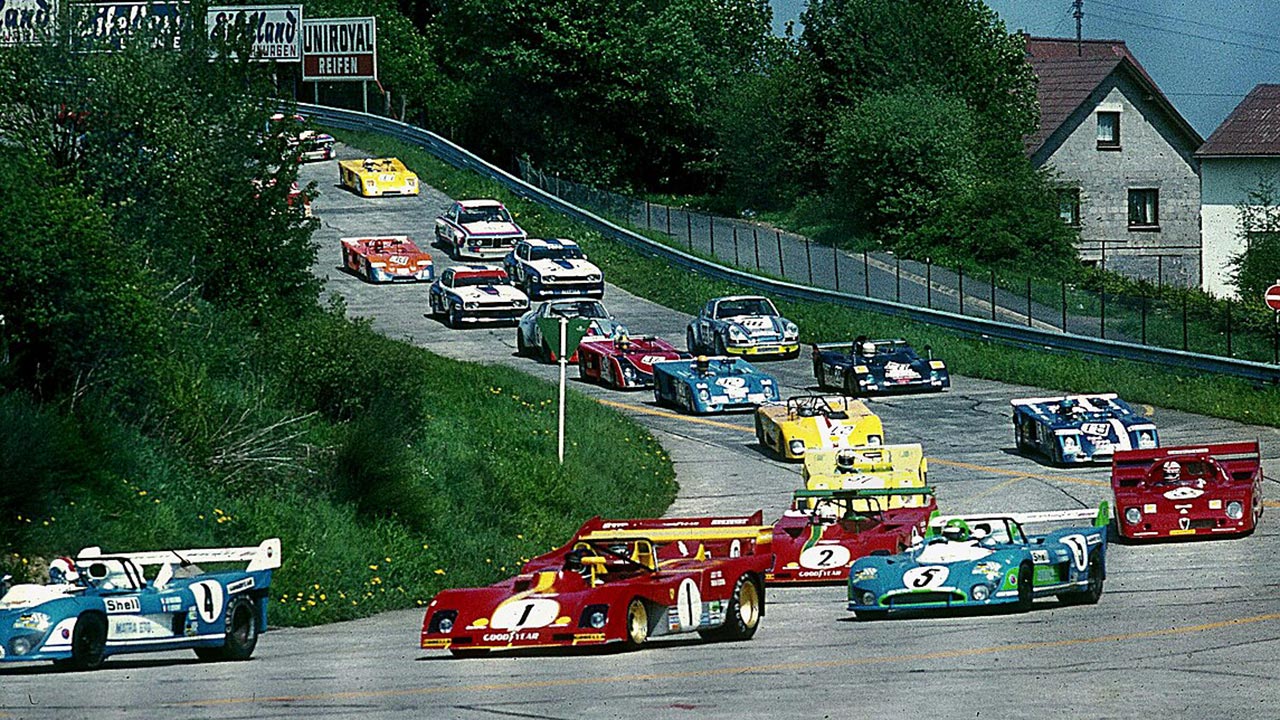
Endurance racing traces its origins back to the early 20th century, with events like the 24 Hours of Le Mans, first held in 1923, setting the stage for a new era of automotive competition. These races were designed to test not only the speed but also the durability and reliability of vehicles over extended periods. The grueling nature of these events pushed manufacturers to innovate and improve their designs, leading to significant advancements in automotive technology.
Key milestones in endurance racing history, such as the introduction of the World Sportscar Championship in 1953, have played a crucial role in shaping car reliability. These events fostered intense competition among manufacturers, driving them to develop more robust and efficient vehicles. The rivalry between brands like Ferrari and Ford during the 1960s, famously culminating in Ford’s victory at Le Mans in 1966, exemplifies how endurance racing has spurred technological progress.
Endurance racing has also been instrumental in fostering a spirit of competition that encourages manufacturers to push the boundaries of what is possible. This competitive environment has led to the development of new technologies and materials that have ultimately benefited consumer vehicles. The lessons learned on the track have been directly applied to production cars, resulting in improved reliability and performance for everyday drivers.
Technological Innovations Born from the Track
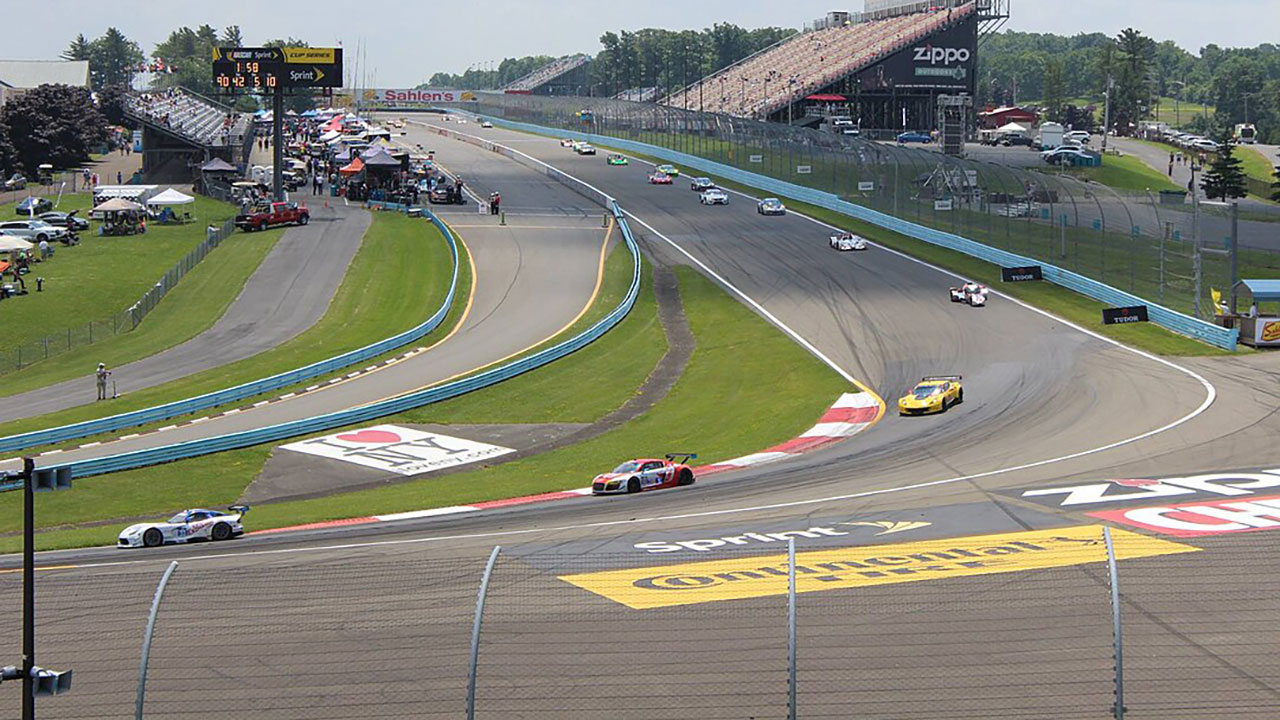
Endurance racing has been a catalyst for numerous technological innovations that have found their way into consumer vehicles. One of the most significant contributions is the development of advanced materials and components designed to withstand the rigors of long-distance racing. For example, the use of lightweight yet durable materials such as carbon fiber and advanced composites has become commonplace in both racing and production cars, improving performance and fuel efficiency.
Engine technology has also seen substantial advancements due to endurance racing. The need for engines that can deliver high performance over extended periods has led to the development of more efficient and reliable powertrains. Technologies such as turbocharging and direct fuel injection, which were initially developed for racing applications, have been adapted for use in consumer vehicles, offering improved power and efficiency.
Aerodynamics and vehicle dynamics have also benefited from the innovations born out of endurance racing. The development of aerodynamic features such as spoilers and diffusers, designed to enhance stability and reduce drag, has been directly influenced by racing applications. These advancements have not only improved the performance of race cars but have also been integrated into production vehicles, enhancing their handling and fuel efficiency.
Rigorous Testing and Quality Assurance
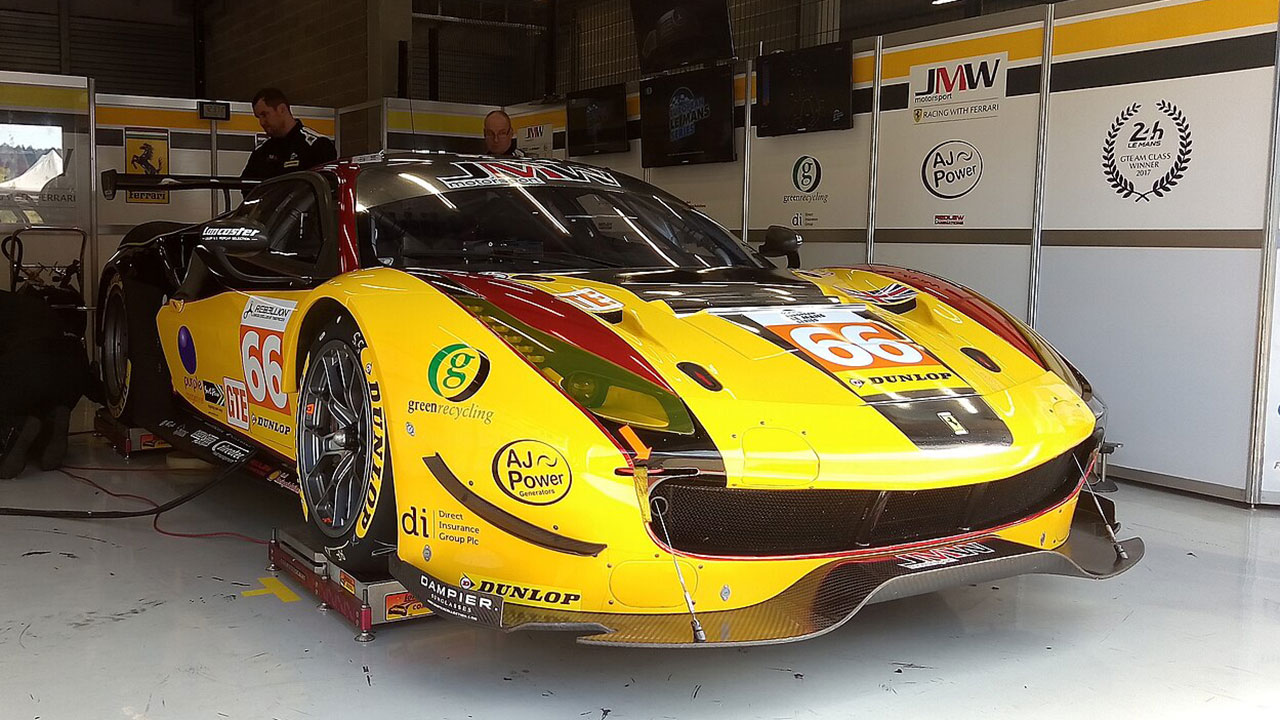
Endurance racing serves as the ultimate testing ground for automotive components, providing manufacturers with valuable insights into the reliability and performance of their vehicles. The extreme conditions of these races, which often involve high speeds, variable weather, and challenging terrain, push vehicles to their limits, revealing potential weaknesses and areas for improvement.
Lessons learned from endurance racing failures and successes have led to significant improvements in vehicle reliability. For instance, the development of more robust cooling systems and advanced braking technologies can be traced back to the demands of endurance racing. These innovations have been incorporated into production cars, enhancing their durability and performance under everyday driving conditions.
The rigorous testing methodologies employed in endurance racing have also been transferred to the production of consumer vehicles. Manufacturers now use advanced simulation and testing techniques to ensure that their cars can withstand the demands of real-world driving. This focus on quality assurance has resulted in more reliable and durable vehicles, providing consumers with greater peace of mind.
The Psychological and Strategic Demands of Endurance Racing
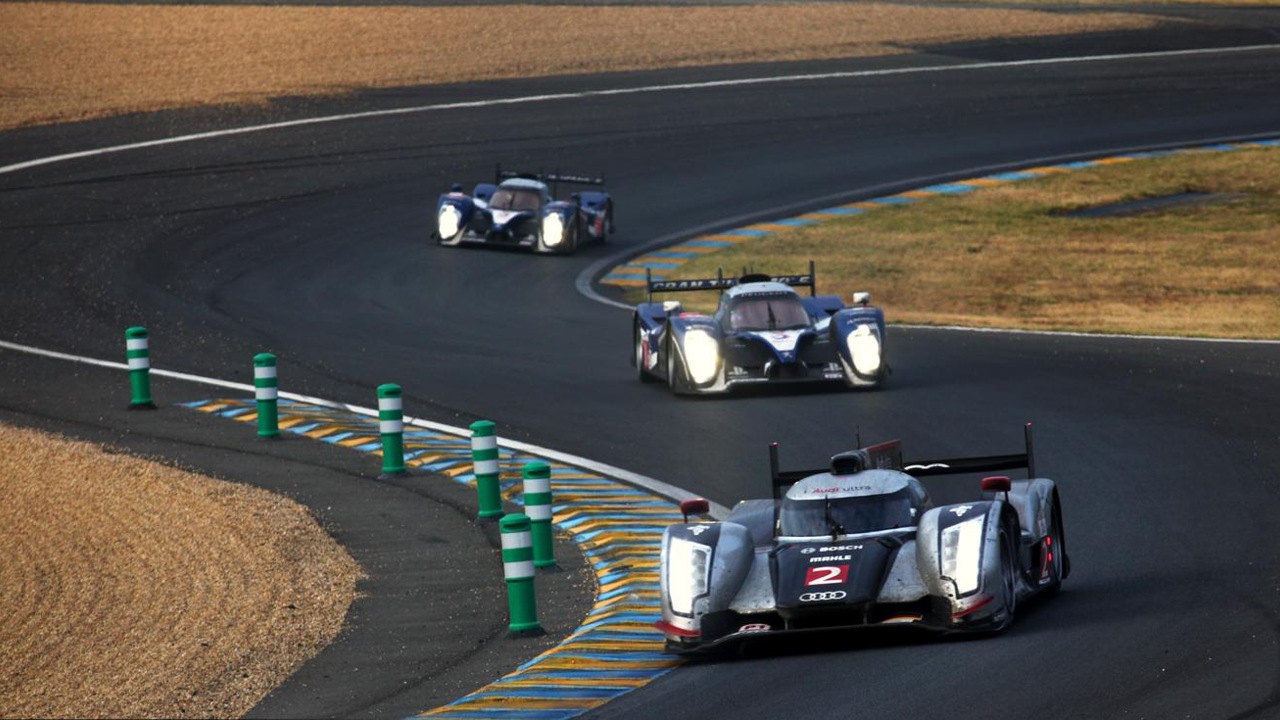
Endurance racing is not only a test of mechanical reliability but also a challenge that requires exceptional teamwork, strategy, and driver skill. The ability to maintain focus and make strategic decisions over long periods is crucial to success in these events. Teams must work together seamlessly to manage tire wear, fuel consumption, and driver fatigue, ensuring that the vehicle remains competitive throughout the race.
The strategies developed in endurance racing have informed the development of reliable and efficient road cars. For example, the emphasis on fuel efficiency and tire management in racing has led to the adoption of similar practices in consumer vehicles, resulting in improved fuel economy and reduced wear and tear. The insights gained from driver feedback and data analysis during races have also been used to refine vehicle performance and reliability.
Driver feedback plays a critical role in the development of reliable vehicles. The data collected during endurance races provides manufacturers with valuable information about how their cars perform under extreme conditions. This feedback is used to make adjustments and improvements, ensuring that production vehicles meet the highest standards of reliability and performance.
The Impact on Consumer Vehicles
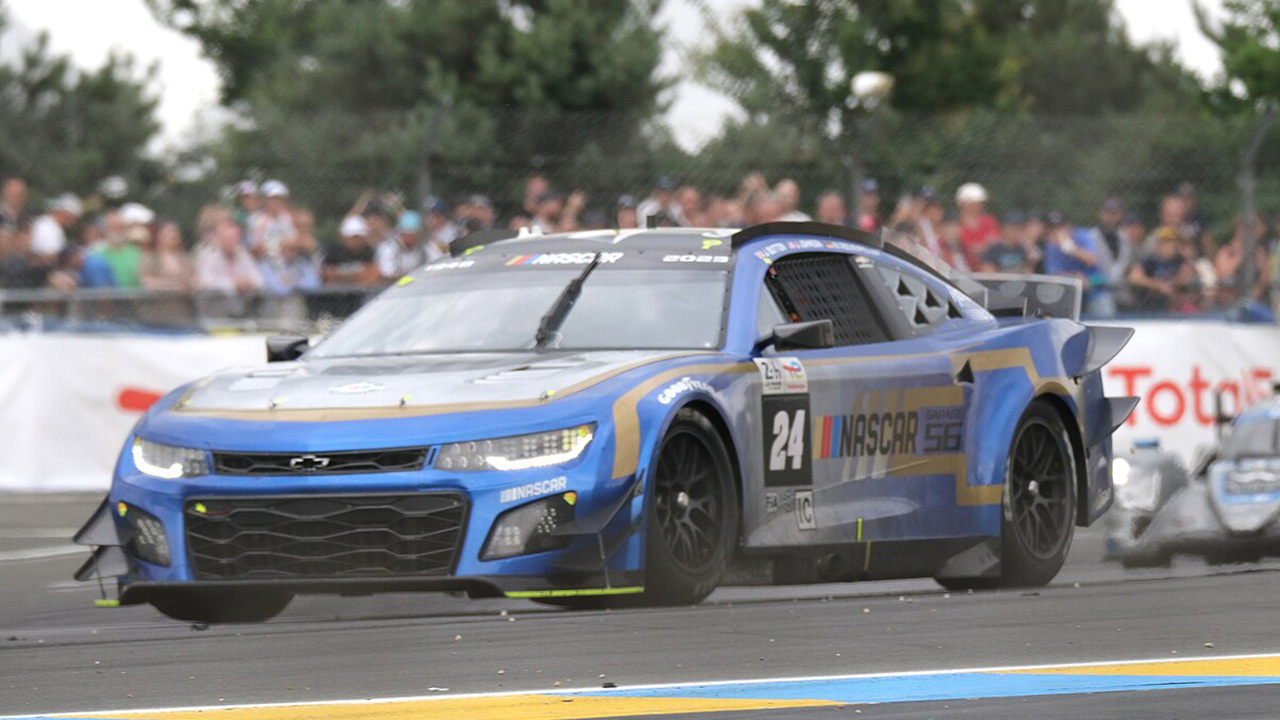
The influence of endurance racing on consumer vehicles is evident in the numerous technologies and practices that have been integrated into production cars. Features such as advanced suspension systems, high-performance braking technologies, and efficient powertrains have all been derived from racing applications. These innovations have enhanced the safety, performance, and longevity of consumer vehicles, providing drivers with a more enjoyable and reliable driving experience.
Endurance racing-derived reliability offers significant benefits for everyday drivers. The rigorous testing and development processes used in racing ensure that production vehicles are built to withstand the demands of real-world driving. This focus on durability and performance translates into vehicles that require less maintenance and offer greater longevity, ultimately providing consumers with better value for their investment.
The ongoing influence of endurance racing on automotive innovation continues to shape consumer expectations. As manufacturers strive to develop more reliable and efficient vehicles, the lessons learned from the racetrack will remain a vital source of inspiration and innovation. This enduring connection between racing and consumer vehicles ensures that the advancements made in endurance racing will continue to benefit drivers for years to come.
Like Fast Lane Only’s content? Be sure to follow us.
Here’s more from us:
*Created with AI assistance and editor review.

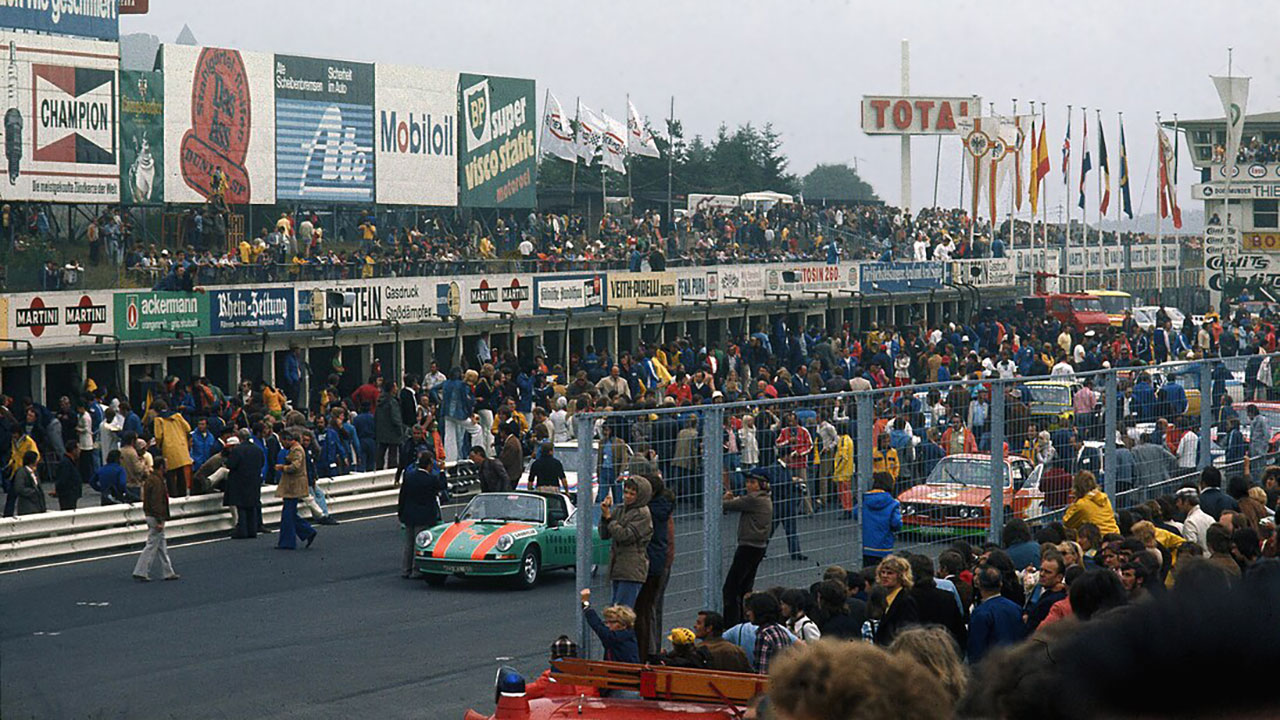




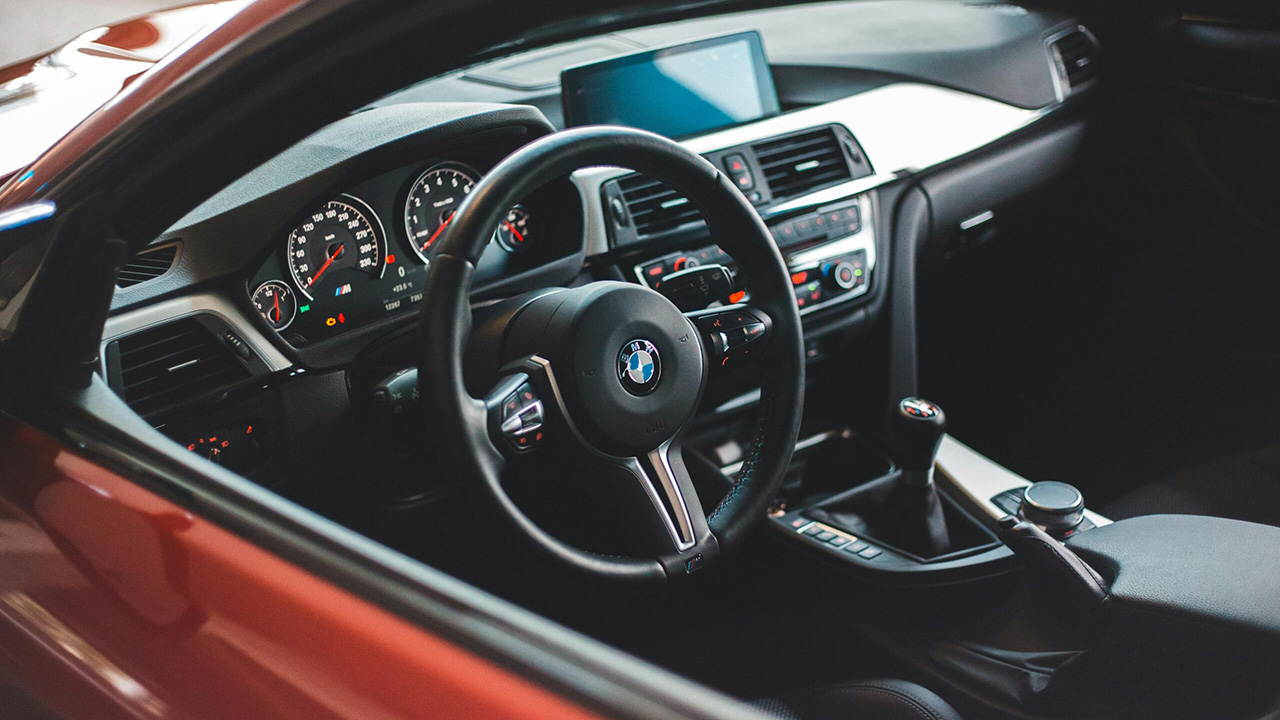
Leave a Reply